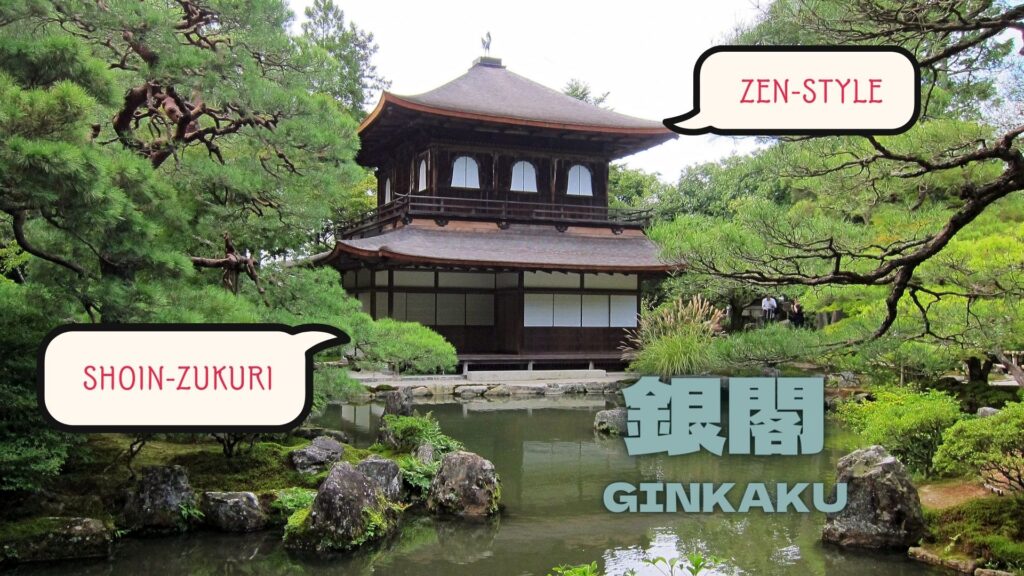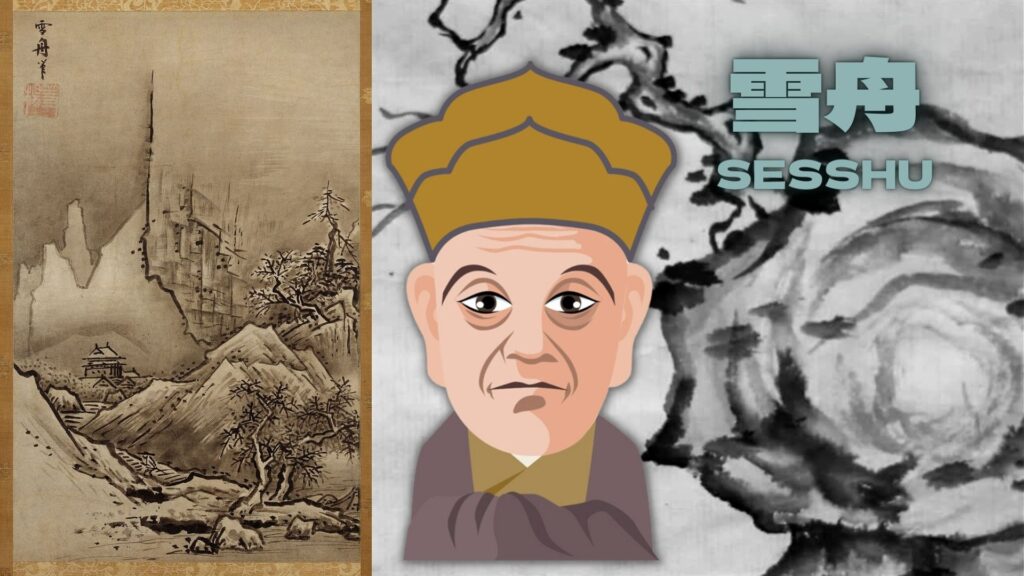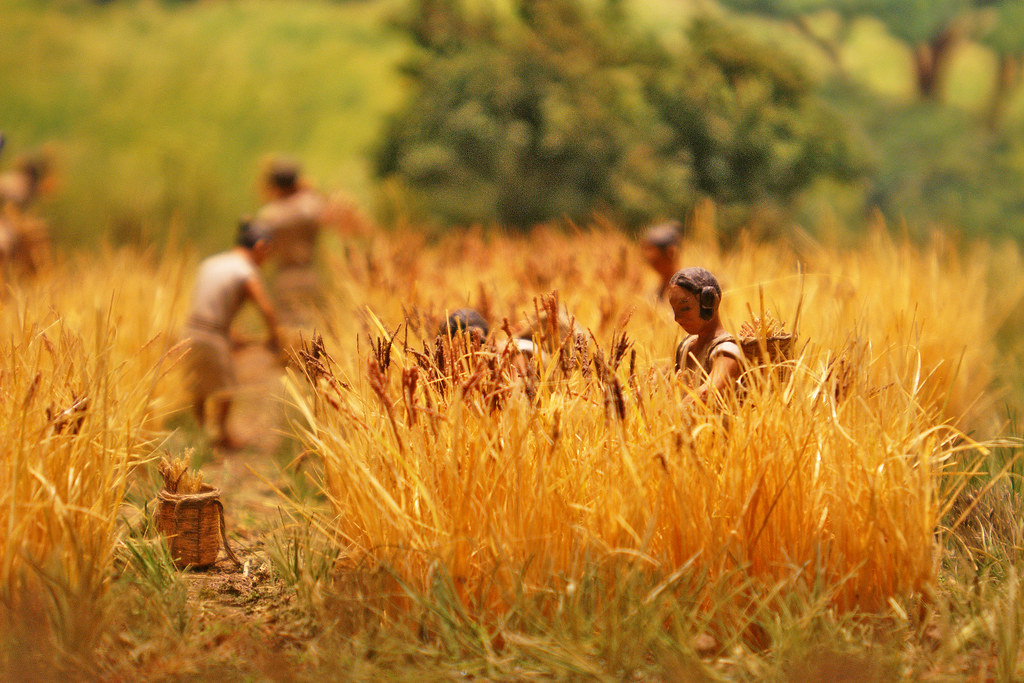
#20 The Muromachi Culture
Click here to go to the YouTube video

In this episode, we will look at the culture of the Muromachi period.
今回は室町時代の文化を見ていきましょう。

Since the shogunate was located in Kyoto, the shogun and other warriors became familiar with the culture of the court nobles.
幕府が京都に置かれたことから、将軍や武家たちは貴族の文化に親しむようになりました。

Kinkaku, or the Golden Pavilion built by Ashikaga Yoshimitsu in Kitayama, Kyoto, is a symbolic building that blends the cultures of the nobles and the samurai.
足利義満によって京都の北山に建てられた金閣は、公家の文化と武家の文化が融合した象徴的な建物です。

Noh is a performing art that was largely developed by Kan’ami and Zeami, who were supported by Yoshimitsu. Zeami wrote “Fushikaden”, or “Flowering Spirit,” a theoretical book on Noh.
能は、義満の保護を受けた観阿弥と世阿弥が大成した舞台芸術です。世阿弥は能の理論書である『風姿花伝』を著しました。

Kyogen, a comedy, was performed between the acts of Noh plays. Kyogen conveys the spoken language and lifestyle of the people of that time to the present.
喜劇である狂言は能の幕間に演じられました。狂言は当時の人々の言葉や生活の様子を現代に伝えています。

Zen Buddhism was protected by the shogunate from the Kamakura period and had a great influence on Japanese culture.
禅宗は鎌倉時代から幕府の保護を受け、日本の文化に大きな影響を及ぼしました。

The Ginkaku, or the Silver Pavilion, built by Ashikaga Yoshimasa, the 8th shogun, in Higashiyama, Kyoto, incorporates Zen Buddhist architecture. The Shoin-zukuri style, with its tatami mats and alcove, was also born.
8代将軍の足利義政が京都の東山に建てた銀閣は禅宗様を取り入れています。畳を敷き詰め床の間を配した書院造も生まれました。

The stone garden at Ryoanji, a Zen temple, is famous for its dry landscape garden. It uses only stones and white gravel to represent nature, such as mountains and water. Interestingly, the 15 stones in the garden are designed in such a way that no matter what angle you look at them from, one stone is always hidden from view by another.
禅寺である龍安寺の石庭は枯山水として有名です。石と白砂のみで山や水といった自然を表現しています。面白いことに、この庭の15個の石はどの角度から見てもそのうち一つは他の石に隠れて見えないように設計されています。

Sesshu, a Zen monk, painted many masterpieces of Suiboku-ga, or ink painting. Suiboku-ga is the art of depicting nature in a single black color of ink.
禅僧の雪舟は数多くの水墨画の名作を残しました。水墨画とは黒一色の墨で自然を描くものです。

The custom of drinking tea, introduced from China by Eisai during the Kamakura period, also spread and became popular as chanoyu.
鎌倉時代に栄西によって中国からもたらされた茶を飲む習慣も、茶の湯として広がりました。

During this period, events such as Tanabata, or Star Festival, and Bon dances became popular among people. People also enjoyed picture books called otogi-zoshi.
この時代には七夕や盆踊りのような行事も行われるようになりました。人々は御伽草子という絵入りの物語も楽しむようになりました。

Kasuga Gongen Genki-e is a valuable source of information on people in the medieval period. Children also helped with work at construction sites. In Japan at that time, a person was considered an adult from the age of about 15.
春日権現験記絵は中世の人々の様子を豊かに伝えています。建設現場では子どもたちもお手伝いをしています。この頃の日本では、15歳になると大人とみなされていました。

Commerce and industry developed during the Middle Ages. The pictorial materials show that women also had various occupations and were widely active in society.
中世には産業が発展しました。当時の史料からは女性も様々な職業に従事し、広く社会で活躍していたことが分かります。
Thank you for reading.



